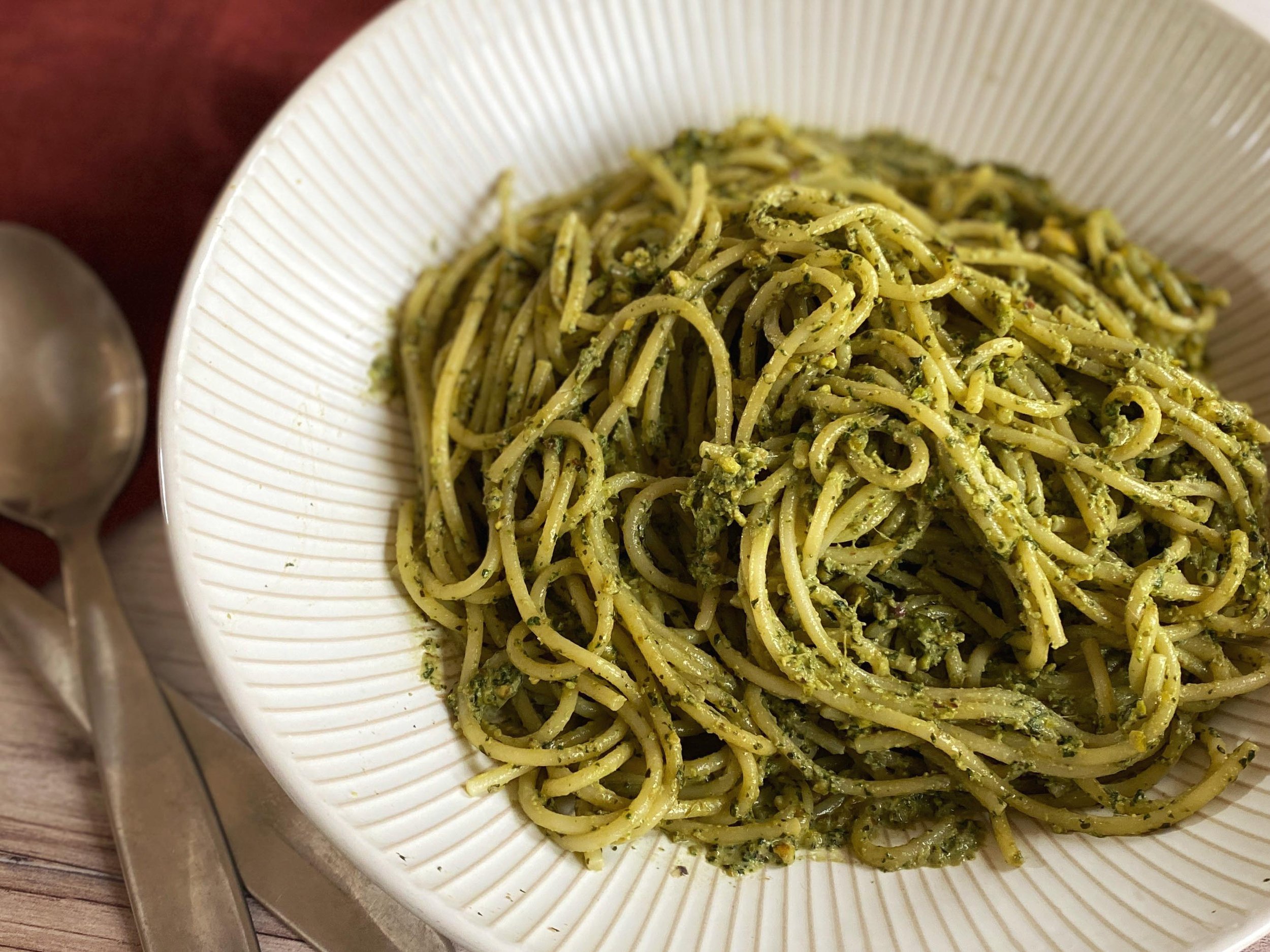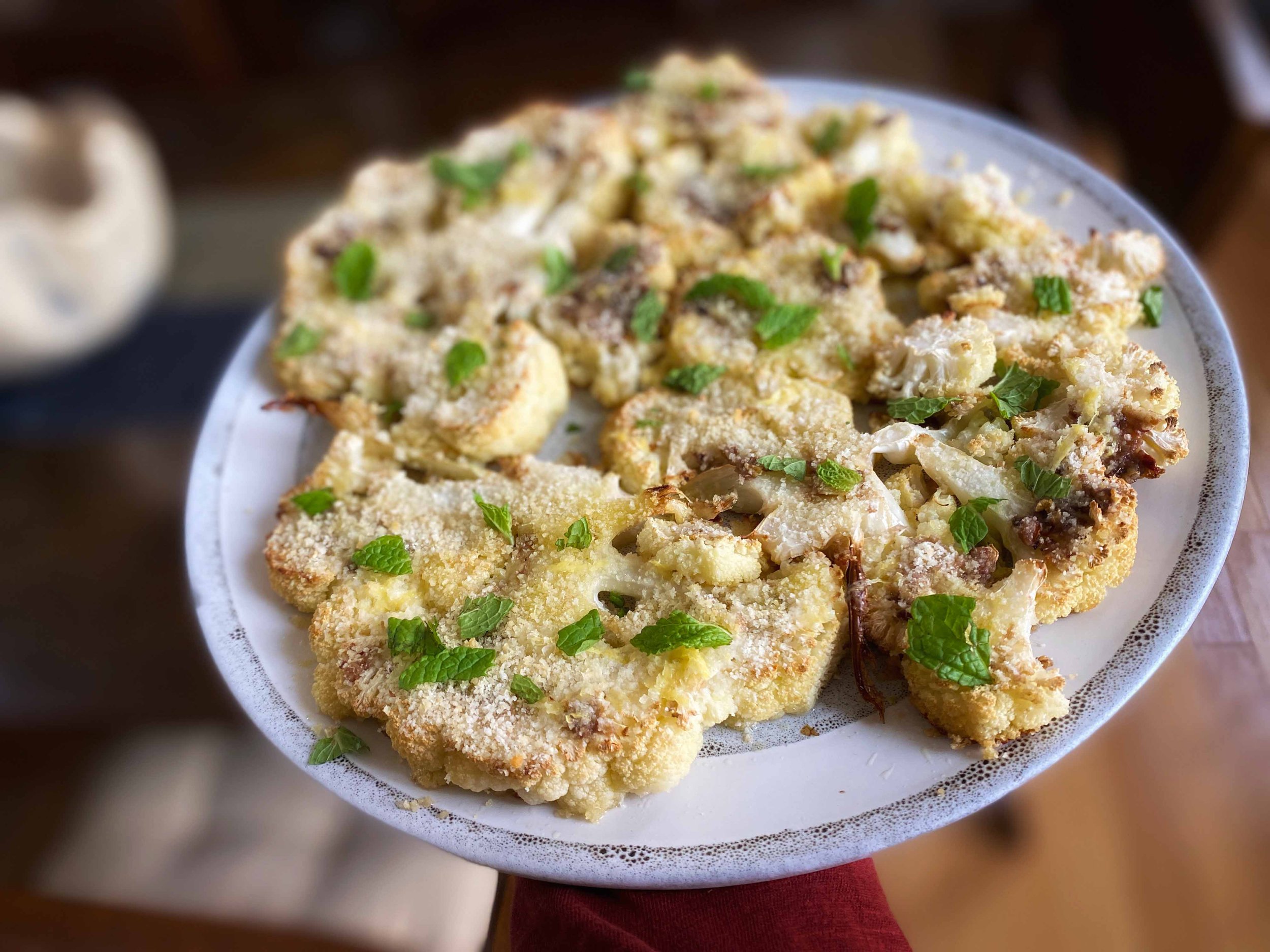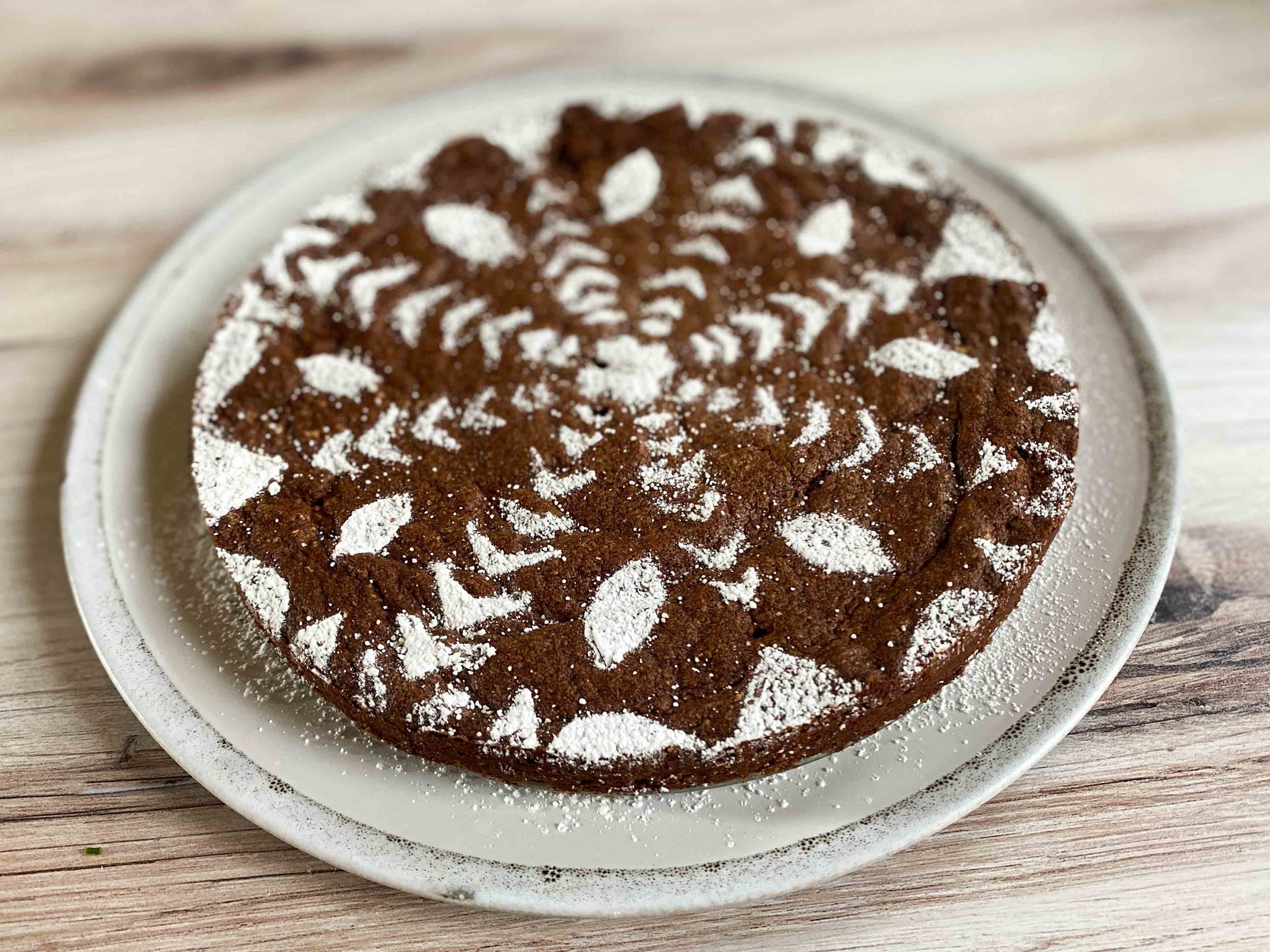By Leslie Brenner
Food of the Italian Islands, by Katie Parla, Parla Publishing, 2023, $35
Who doesn’t dream of traveling to a sun-drenched, sea-splashed island in Italy? Now we can treat ourselves to a vicarious experience, jam-packed with its fabulous flavors — thanks to Katie Parla’s new Food of the Italian Islands: Recipes from the Sunbaked Beaches, Coastal Villages, and Rolling Hillsides of Sicily, Sardinia, and Beyond.
Backgrounder
Parla is a Rome-based, New Jersey-raised, ridiculously well educated force of nature — master of everything Italian in food, travel and now publishing (she founded her own publishing house last year). Food of the Italian Islands is her second solo cookbook; her first, published in 2019, was Food of the Italian South. Prior to that she co-authored a gaggle of Italo-centric titles, including Tasting Rome (2016, with Kristina Gill), and American Sfoglino (Evan Funke’s 2019 pasta manifesto). On her own, she’s author of a number of guidebooks (Eating and Drinking in Rome, National Geographic Walking Rome). Food of the Italian Islands is the first title published by Parla Publishing. Going to be in Rome? You can book an eating tour with her through her website — where you can also order a signed copy of her new book. Or should I say “newish” — it was published in March.
Why we love it
Exuberant and fun, its (not-glossy) pages are filled with images of messy-and-delicious-looking food, island life and lots of Parla. Parla wolfing down a sandwich (hands full, mouth full). Colorful produce on the back of a truck. Parla, sunburned nose as red as her short glossy nails, digging into a grilled horse (!) steak with chile and oregano. Sweater-vested nonna serving Parla a spatula-ful of something gooey. Beaming fishmonger in a plastic apron cutting tuna on newspapers. The vibe is the opposite of romanticized: It’s loud, vibrant and bold, like the flavors. You can definitely make food that looks (and tastes) like this.
In fact, the recipes are pretty loose-limbed. They’re the kind of recipes you might make once as written, and then use them as rough guides and just eyeball amounts, doing what feels right.
It’s a great read, too; you learn so much. About the knife-making tradition of Sardinia. How capers are grown and harvested on Pantelleria (the smallest are most prized) — and the fact that the brined leaves are now a thing, one not necessarily appreciated by the locals but apparently delicious. (Yep, there’s a recipe.) How to order a spleen sandwich in Palermo. How and why to make your own rosolio — Sicilian-style infused spirit, a traditional wedding gift.
And about pesto culture. Forget about Genoa — did you know that Sicily is the “pesto capital” of Italy?
Love this pesto — with pistachio and mint
Pesto, Parla reminds us, is any sauce made by mashing ingredients together in a mortar or food processor, usually some kind of herbs, nuts, cheese and olive oil. Tomatoes are added to pestos in Trapani, Pantelleria and Linosa. She provides recipes for all of those — and this one, with pistachios, mint and basil, that has become a “modern classic” in Sicily. It’s wonderful.
Serve it with this salad
On Panatelleria and the Aeolian Islands (just off Sicily), a salad like this — with tomatoes, potatoes, capers, olives, red onions and oregano — is served as a side dish with or after a main course. Simple, zingy and fun, it would be perfect with the pistachio pesto. Or add fabulous canned tuna like ventresca, suggests Parla, and call it a main course.
So, lots of fish and seafood recipes?
Not as many as you’d think. Because historically islanders were vulnerable to attack and invasion from the sea, they ate more land-based foods, such as pork, lamb, rabbit, goat and beef; preserved fish, such as anchovies, conserved tuna or bottarga (cured mullet or tuna roe); and lots of seasonal vegetables. Not so much poultry — it didn’t become common on the islands until the mid-20th-century.
I definitely want to try Parla’s recipe for Ischia’s famous braised rabbit. Thumbprint Pasta with Tiny Meatballs and Pecorino sounds great, too. I’ll probably skip the Grilled Horse Steak with Chile and Oregano.
Cauliflower steak, on the other hand . . .
I’m all in — this was so good — with lemon, anchovies, bread crumbs, grated cheese and mint. Meaty, sumptuous and umamiful, it’s a fantastic main course. (Parla’s recipe goes rather heavy on the olive oil; second time I made it, I cut it back from 8 tablespoons to 5 and enjoyed it even more.)
You’ve gotta try this
The island of Capri (pronounced CAH-pree, not ca-PREE, as Parla reminds us) is known for its chocolate-and-almond-meal flourless cake. There on the island, they come decorated with powdered sugar shapes representing the faraglione rock formations off its coast, and lettering that says “Caprese” — made using a stencil sold locally. Parla says to go ahead and just dust it all over with powdered sugar. Instead, I ran with the stencil idea, cutting up a parchment round, snowflake-style, laying it over the finished cake and dusting the sugar over that. It worked!
Just one small suggestion
It seems odd in the 21st century not to include metric measurements, especially as these are recipes from a country that uses the metric system — and doesn’t everyone use weights for baked goods and homemade pasta anymore? If Parla ever produces a revised edition, I hope she’d consider doing that. Till then, I’ve got you covered — our adaptations of these terrific recipes include both English and metric measurements.





